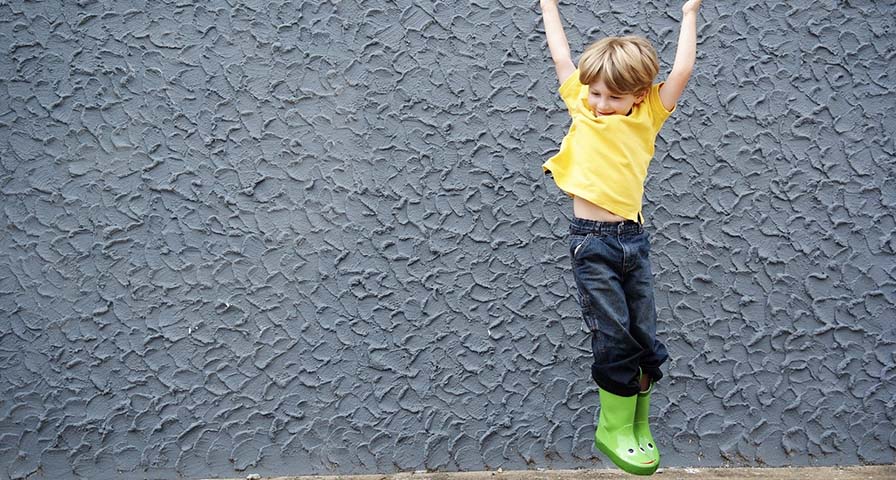Originally published Sept. 7, 2021 by the Richmond Register.
By Aubrey Lawson
Young people have the tendency to unwind after school on a computer, phone or TV.
While it is OK to unwind, young people also need physical activity to keep their minds and bodies healthy.
The Centers for Disease Control and Prevention recommends that youth between 6 and 17 get at least an hour of moderate-to-vigorous physical activity each day.
But according to the organization, less than a quarter of them meet those daily recommendations. Not only does exercise have the obvious physical health benefits such as improved heart and lung function, stronger bones and muscles and weight control, but it can also lower young people's risk of depression and anxiety.
Studies show that physical activity can improve school performance. Youth who regularly engage in physical activity tend to have better grades, attendance, cognitive abilities and classroom behavior.
Some students get physical activity in school through physical education or recess, but often this isn't enough to meet their daily requirements.
As a guardian or caregiver, you can help your young person get more active.
Physical activity does not have to be regimented or structured. Youth should engage in activities they enjoy. In the past, one of the most common places that young people learned to hop, run, throw, climb, bike and skip was from their families in their backyards and neighborhoods.
As caregivers, encourage your young people to get out and play more and spend less time with electronics. Set a good example for them and participate in physical activity as a family. Go for evening walks in the neighborhood, play catch, dance around the living room or ride bikes around your neighborhood.
Many children enjoy "fun chores" like walking dogs, and in the fall, raking leaves.
If you live close enough to your young person's school, consider having them walk or bike to school instead of driving or riding the bus.
Determine physical activities that are available through your young person's school. Many schools have fitness-related clubs, like a walking club, that regularly meet before or after school for exercise. Schools can also point you in the right direction of local organizations that provide youth sports if you are unfamiliar with local offerings.
Boost Your Student Wellness Program with the IHT ZONE heart rate monitor:





